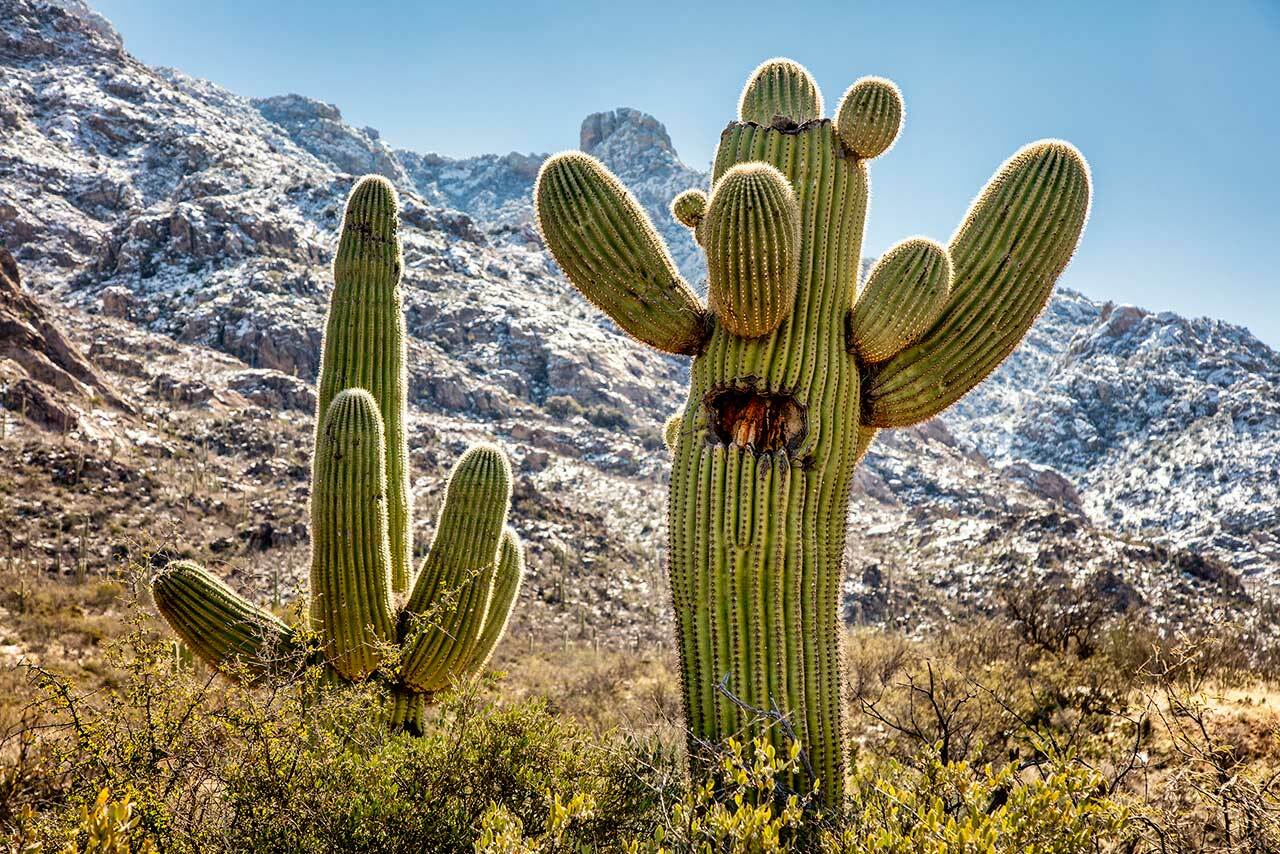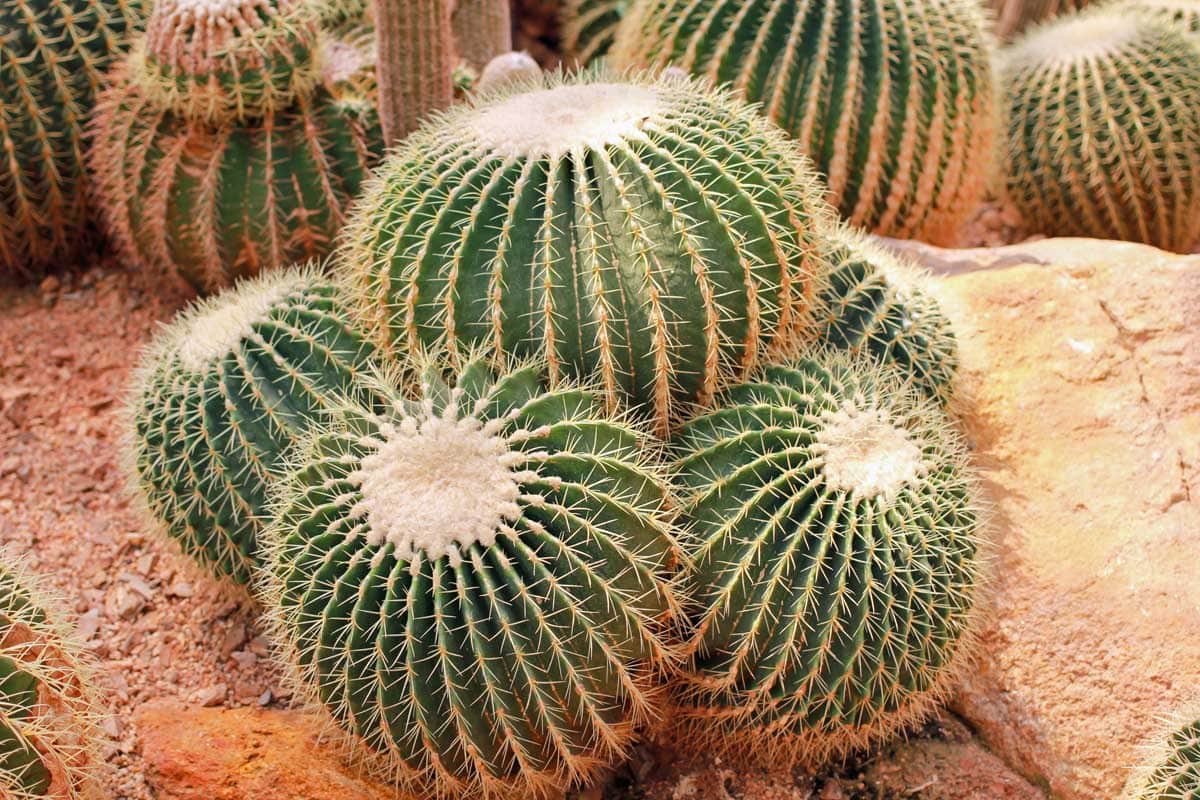Cactus in the Arizona Sonoran Desert: A Guide to Explore the Beauty and Diversity
The Arizona Sonoran Desert is home to a diverse range of cacti, with over 200 species thriving in this unique environment. From the towering saguaro to the prickly pear and the barrel cactus, each cactus species has its own distinctive appearance and characteristics. If you’re a nature lover and want to explore the beauty of these amazing plants, then this guide is for you.
Saguaro Cactus
The saguaro cactus is the most iconic of all the cacti in the Sonoran Desert. These cacti can grow to be up to 50 feet tall and can live for more than 150 years. The saguaro’s arms take years to grow and can twist and turn in different directions, creating unique and beautiful shapes. These cacti are also a vital source of food and shelter for many desert animals, including birds and rodents.

Prickly Pear Cactus
The prickly pear cactus is another common sight in the Sonoran Desert. This cactus is known for its paddle-shaped pads, which are covered in small spines and larger thorns. In the springtime, the prickly pear cactus blooms with vibrant yellow, pink, or red flowers, which then turn into delicious fruit in the summer months.

Barrel Cactus
The barrel cactus is named for its round, barrel-shaped body, which is covered in long, sharp spines. These cacti can grow to be up to 10 feet tall and can live for up to 100 years. Barrel cacti are also known for their striking yellow or red flowers, which bloom in the spring and summer months.

Exploring the Sonoran Desert
If you’re interested in exploring the Sonoran Desert and its amazing cacti, then there are several places you can visit. Saguaro National Park, located near Tucson, is a popular destination for visitors looking to experience the beauty of the saguaro cactus up close. The Desert Botanical Garden in Phoenix is another great place to see a variety of cacti species, including the prickly pear and barrel cactus.

When exploring the desert, it’s important to remember to stay hydrated, wear appropriate clothing and shoes, and watch out for potentially dangerous wildlife, such as rattlesnakes. You should also respect the environment and avoid damaging any plants or wildlife.
Conclusion
The cacti of the Sonoran Desert are a true wonder of nature, with their unique shapes and vibrant colors. Whether you’re a local or a visitor to Arizona, exploring the desert and its cacti is an experience not to be missed. Remember to stay safe and respectful when exploring the desert and its incredible flora and fauna.

